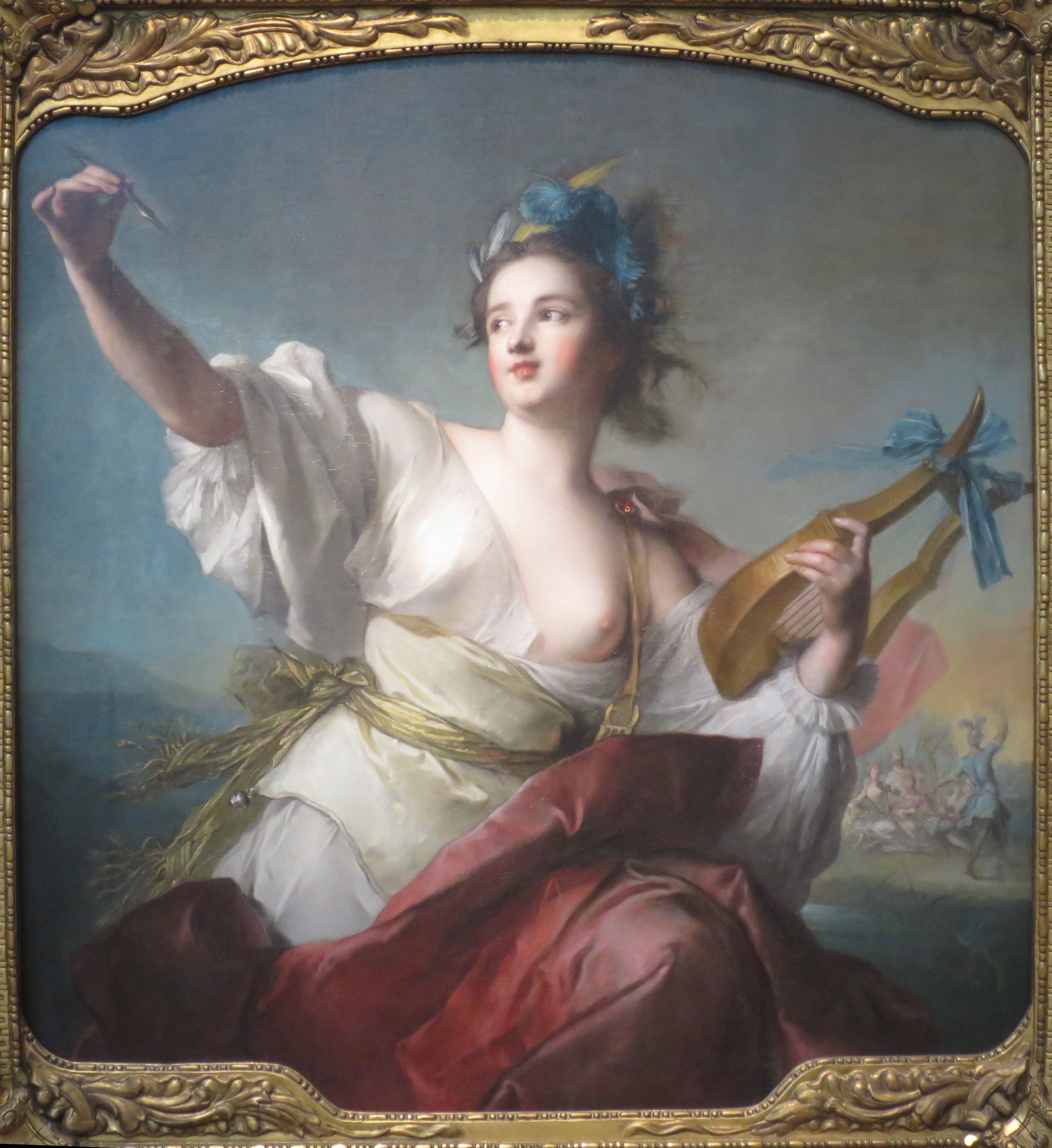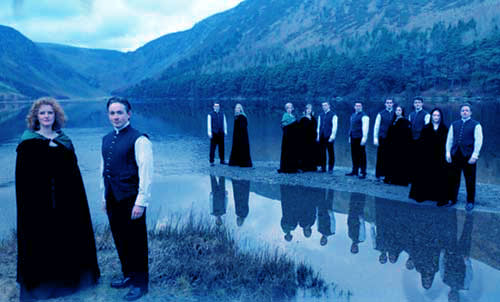Not all customs were aimed at fooling the dead. Cakes made especially for the dead were often set out so that the dead would have something nice to eat, and would busy themselves with the tasty treats rather than bother stealing souls. Another Irish custom is to leave out a bowl of cool water on the feast of all souls, so that the wandering souls of purgatory would be able to quench their thirst for a brief spell.
Many of the old druidic rituals were baptized when the Irish converted to Christianity. These traditions are still very much alive in Ireland, as well as wherever the Irish ended up, as can be seen in the American tradition of Halloween. Albeit, the American rendition of Halloween is a far cry from its original pagan and devout Christian origins, it non-the-less maintains many of the key elements...in the highly commercialized way that everything in America is now.
So have fun! Carve a pumpkin to keep away the spirit, have a bonfire if you can, and don't forget to kind to the good souls that roam at this time of year...but remember your holy medal at all times, lest the headless horseman come to steal your soul or the Puca come and play a trick on you!











